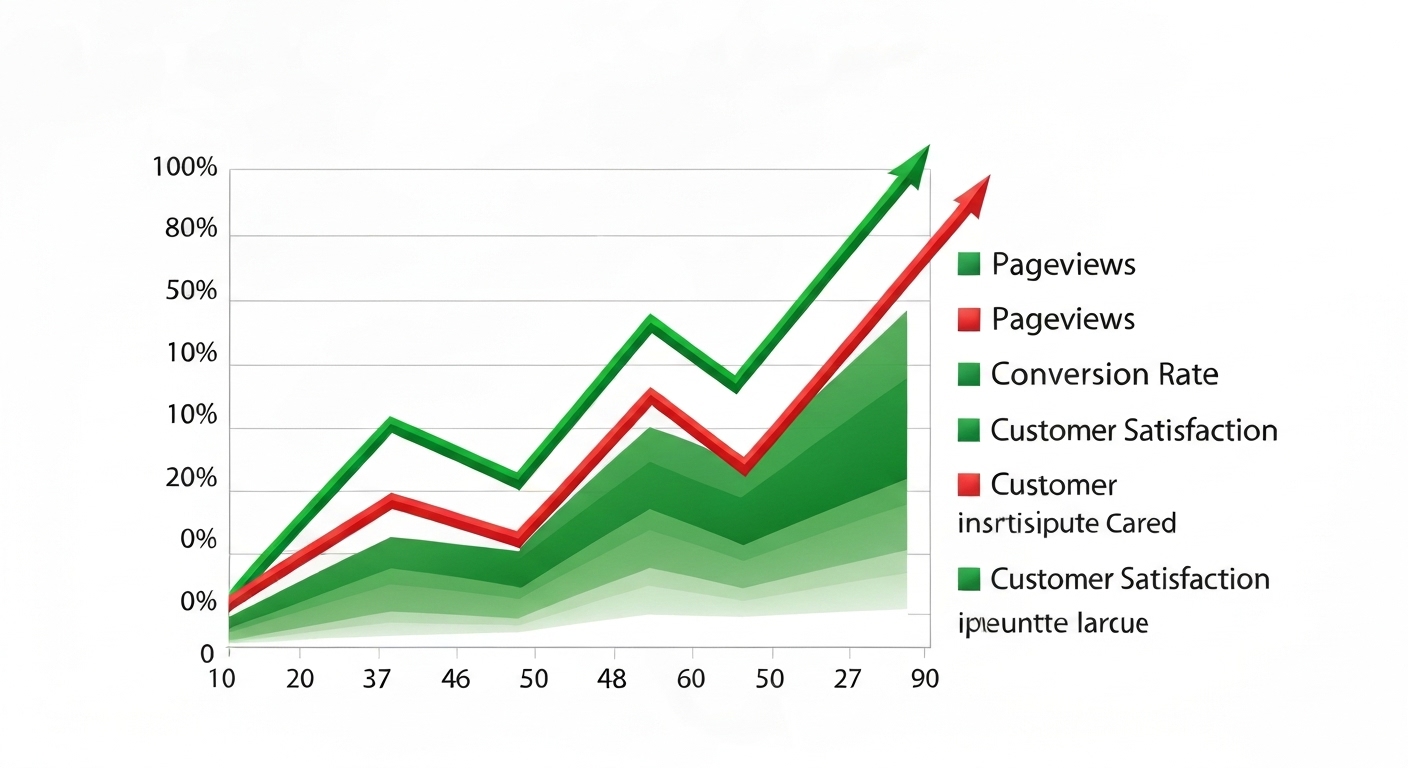What is a Content Refresh ? Boost Your SEO and Engage Your Audience
What is a content refresh? In simple terms, it’s the process of updating and improving existing content on your website to make it more relevant, accurate, and engaging. A well-executed content refresh can significantly boost your SEO, attract more visitors, and enhance user experience.

Why is a Content Refresh Important?
In the ever-evolving digital landscape, content ages quickly. What was once fresh and insightful may become outdated, inaccurate, or simply less relevant over time. Search engines favor fresh, high-quality content, and users appreciate accurate and up-to-date information. Therefore, regularly refreshing your content is crucial for maintaining a strong online presence.
- Improved SEO: Search engines like Google reward websites that consistently update their content. A content refresh can boost your search engine rankings by signaling to search engines that your website is active and providing valuable information.
- Increased User Engagement: Updated content is more likely to capture and retain the attention of your audience. By providing fresh perspectives and relevant insights, you can encourage visitors to spend more time on your website and engage with your content.
- Enhanced Brand Authority: Regularly updating your content demonstrates that you are knowledgeable and committed to providing accurate information. This can enhance your brand’s credibility and establish you as a trusted source of information in your industry.
- Reduced Bounce Rate: Outdated or irrelevant content can lead to a high bounce rate, as visitors quickly leave your website without engaging. By refreshing your content, you can reduce your bounce rate and encourage visitors to explore more of your website.

The Content Refresh Process: A Step-by-Step Guide
A successful content refresh involves a systematic approach. Here’s a step-by-step guide to help you revitalize your website content:
1. Content Audit: Identifying Areas for Improvement
The first step is to conduct a thorough content audit to identify which pieces of content are performing well and which need improvement. This involves analyzing your website’s content inventory and assessing the performance of each piece of content based on metrics such as page views, bounce rate, time on page, and search engine rankings. Use tools like Google Analytics and Google Search Console to gather data.
2. Keyword Research: Updating Your Target Keywords
Keyword research is essential for ensuring that your content is aligned with current search trends. Use keyword research tools to identify relevant keywords and phrases that your target audience is searching for. Incorporate these keywords naturally into your content to improve its search engine visibility. Consider long-tail keywords for more specific search queries.

3. Content Update: Making Necessary Changes
Based on your content audit and keyword research, update your content to address any areas for improvement. This may involve:
- Adding New Information: Include the latest research, statistics, and insights to ensure your content is up-to-date and accurate.
- Improving Readability: Make your content easier to read by using shorter paragraphs, bullet points, subheadings, and visuals.
- Updating Links: Check for broken links and replace them with active, relevant links.
- Optimizing Images: Ensure that your images are properly optimized for search engines by using descriptive alt tags and compressing them to reduce file size.
- Adding Multimedia: Incorporate videos, infographics, and other multimedia elements to make your content more engaging.
4. SEO Optimization: Enhancing Search Engine Visibility
Optimize your content for search engines by:
- Updating Meta Descriptions: Write compelling meta descriptions that accurately reflect the content of your page and encourage users to click through from search results.
- Using Header Tags: Use header tags (H2, H3, H4) to structure your content and make it easier for search engines to understand the main topics and subtopics.
- Improving Internal Linking: Link to other relevant pages on your website to improve your website’s overall SEO.
5. Promotion: Getting the Word Out
Once you’ve refreshed your content, promote it through various channels, such as social media, email marketing, and paid advertising. This will help you reach a wider audience and drive more traffic to your website. Monitor your content’s performance and make adjustments as needed to optimize your results.
Content Refresh vs. Content Repurposing
While both content refreshing and content repurposing aim to maximize the value of your existing content, they involve different approaches. Content refreshing focuses on updating and improving existing content, while content repurposing involves transforming existing content into a different format or platform. For example, a blog post could be repurposed into an infographic or a video.
Choosing between content refreshing and content repurposing depends on your goals and resources. If your content is outdated or inaccurate, a content refresh is the best option. If your content is still relevant but could benefit from a new format or platform, content repurposing may be a better choice.
Evergreen Content and Content Updates
Evergreen content is content that remains relevant and valuable over a long period of time. While evergreen content requires less frequent updates than other types of content, it still benefits from occasional content updates to ensure its accuracy and relevance. Regularly review your evergreen content and make necessary updates to keep it fresh and engaging.
Tools for Content Refresh
Several tools can assist you in the content refresh process:
- Google Analytics: Track website traffic, user engagement, and other key metrics.
- Google Search Console: Monitor your website’s search engine performance and identify areas for improvement.
- SEMrush: Conduct keyword research, analyze competitor websites, and track your website’s search engine rankings.
- Ahrefs: Similar to SEMrush, Ahrefs offers a comprehensive suite of SEO tools.
- Grammarly: Improve the grammar and readability of your content.
Measuring the Success of Your Content Refresh
After refreshing your content, it’s important to measure its impact. Track key metrics such as:
- Search engine rankings: Has your content’s ranking improved?
- Website traffic: Are you getting more organic traffic to the updated pages?
- User engagement: Are visitors spending more time on the page and engaging with the content?
- Bounce rate: Has the bounce rate decreased?
- Conversion rate: Are you seeing an increase in conversions (e.g., sign-ups, leads, sales)?
Analyze these metrics to determine the effectiveness of your content refresh and make adjustments as needed.
For more information on content strategy, visit usa.gov.
Learn more about our services at flashs.cloud.
Conclusion
A content refresh is a vital part of any successful content strategy. By regularly updating and improving your existing content, you can boost your SEO, increase user engagement, and enhance your brand authority. By following the steps outlined in this guide, you can effectively refresh your content and reap the many benefits it offers.
Don’t let your content become stale and outdated. Implement a content refresh strategy today and watch your website thrive!

HOTLINE
+84372 005 899


